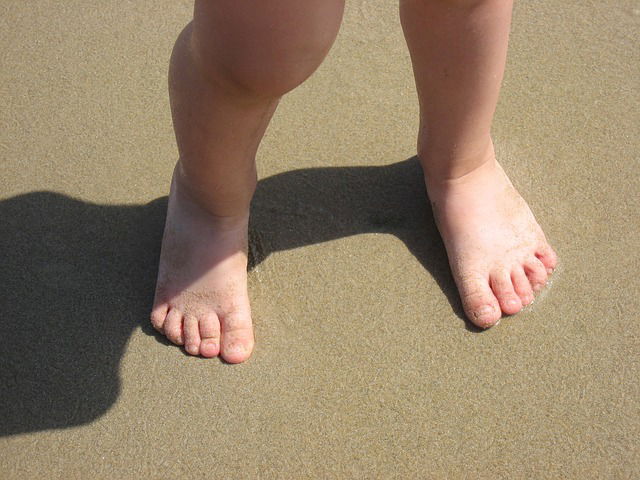
The fin-to-limb transition represents one of the major innovations in evolution. It is associated with the change from aquatic to terrestrial life.
The transition also helps us gain insights into the mechanisms of diversity among species. One of the characteristic features of limbs is the presence of digits at their extremities (e.g., five fingers at the end of a limb).
Although most animals with four legs have limbs with five digits, previous research indicates that digits emerged in fins of early four-leg animals who had more than 5 digits. How the transition occurred is unclear.
In a recent study, researchers answered the question. They find that two genes are responsible for the formation of fin rays and our fingers. The finding is newly published in Nature.
Researchers from Institute de Recherches Cliniques de Montréal in Canada, Université de Montréal in Canada, University of Ottawa in Canada, University of Michigan, Shriners Hospital for Children, and McGill University in Canada conducted the study.
They found two mouse genes Hoxa11 and Hoxa13, which were previously proposed to be involved in the origin of the limb in four-leg animals, were required for the growth of more than digits.
Researchers further noticed that in mice and humans, the hoxa11 and hoxa13 genes were activated in separate domains of the limb, whereas in fish these genes were activated in overlapping domains of the developing fin.
To understand the difference, they reproduced the fish-type regulation for the hoxa11 gene in mice. The result showed that the mice grew 7 digits per paw, i.e. they returned to an ancestral status.
Finally, researchers showed that the enhancer that drove antisense transcription of the mouse Hoxa11 gene was absent in zebrafish. This and the largely overlapping expression of hoxa11 and hoxa13 genes reported in fish suggest that this enhancer emerged in the course of the fin-to-limb transition.
Based on the fact that multiple digits appeared after the expression of Hoxa11 were in distal limbs, researchers suggest that the evolution of Hoxa11 regulation contributes to the transition from multi-digit limbs in four-leg animals to 5-digit limbs in current four-leg animals.
Follow Knowridge Science Report on Facebook, Twitter, and LinkedIn.
Citation: Kherdjemil Y, et al. (2016). Evolution of Hoxa11 regulation in vertebrates is linked to the pentadactyl state. Nature, published online. DOI: 10.1038/nature19813.
Figure legend: This Knowridge.com image is for illustrative purposes only.




